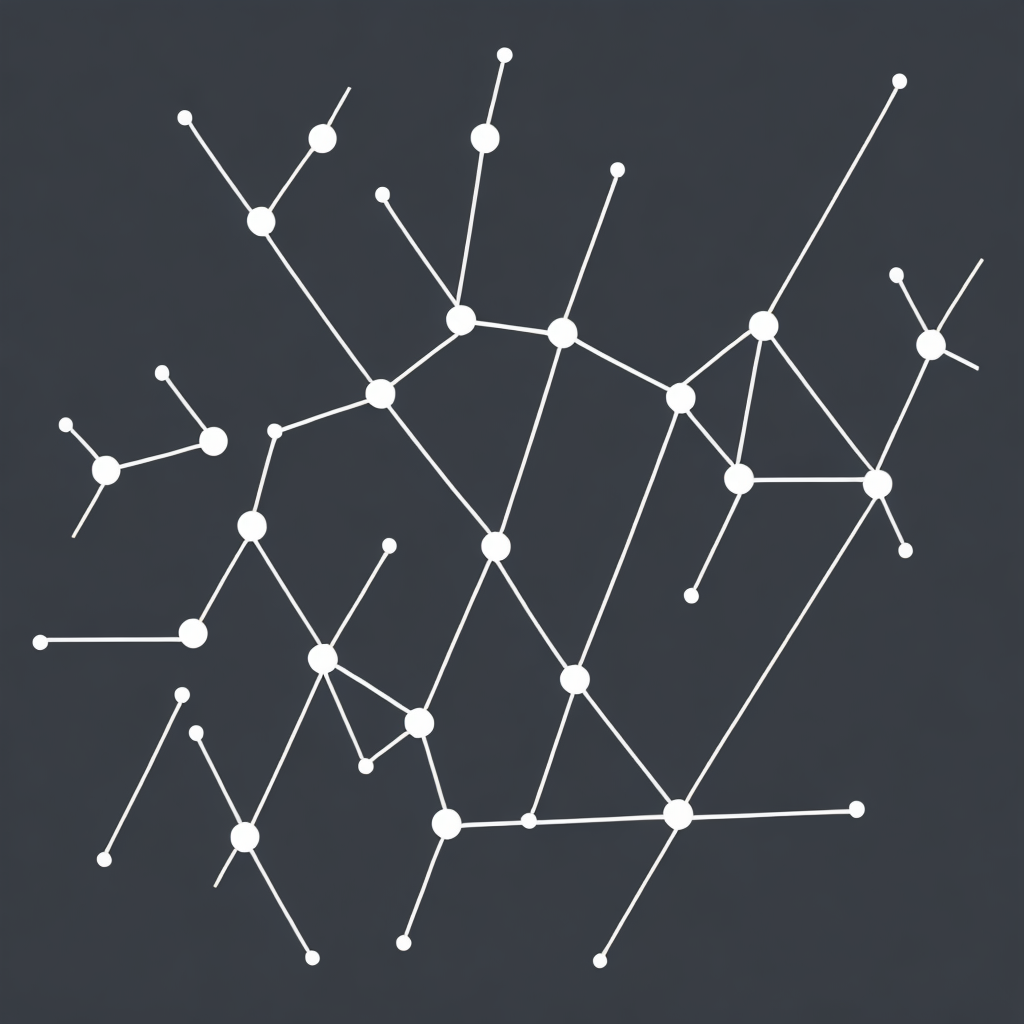Unraveling the Complexity of Knowledge Graphs: A Comprehensive Overview and Future Prospects
Knowledge graphs (KGs) have emerged as influential tools in the digital era, representing a significant development in the realm of data management and analytics. They offer complex and interconnected datasets by representing information as nodes and edges, where nodes include entities and edges represent relationships between these entities. This comprehensive overview outlines the core aspects, development, and future prospects of knowledge graphs, detailing their complexity, application, and potential impact on various fields.
### Formation and Components
The formation of knowledge graphs involves integrating structured, unstructured, and semi-structured data into a cohesive network. Entities, which include individuals, organizations, concepts, and other items, are represented as nodes. Relations between these entities, such as is-a, has a, occurred with, etc., are depicted as edges. Properties can be attached to nodes and edges, enriching the structure with semantic details.
### Challenges and Complexity
Creating, managing, and querying knowledge graphs is considerably complex due to their intricate nature. High-dimensional data, scalability issues, updating inconsistencies, and the challenge of integrating unstructured data highlight some of the difficulties. These complexities are further exacerbated by the dynamic nature of real-world data, necessitating frequent updates and revisions to maintain the graph’s accuracy and relevance.
### Applications
Despite these challenges, the applicability of knowledge graphs is vast, enhancing decision-making processes, personalization, and recommendation systems. They are used in diverse fields, ranging from healthcare and biomedicine for personalized treatments and clinical decision support, to e-commerce for product recommendations, and social networking for enhancing user experience through better content and recommendation algorithms.
### Advancements and Future Prospects
Advancements in artificial intelligence, particularly natural language processing (NLP) and machine learning (ML), are significantly driving the evolution of knowledge graphs. These advancements enable more sophisticated integration of unstructured data, automated knowledge extraction, and more nuanced relationship detection. Furthermore, the integration of knowledge graphs with graph databases and the advent of multi-modal and hybrid knowledge representation techniques are expected to address scalability issues and enhance the handling of heterogeneous data sources.
### The Role of Semantic Search
Semantic search, a crucial component of knowledge graph applications, plays a pivotal role in enabling more intelligent queries not limited to specific keywords but based on the context and semantics of the data. This technology aims to understand the intent behind user queries, thereby offering more relevant and personalized results, especially in areas like recommendation systems, search engines, and virtual assistants.
### Community and Collaborative Efforts
Understanding and mastering the intricacies of knowledge graphs require broad collaboration and robust community efforts. This includes standardization of knowledge representation, improving query languages for more efficient data retrieval, and developing tools and platforms that facilitate the creation, management, and exploitation of these graphs.
### Ethical Considerations
As knowledge graphs grow in complexity and use, ethical considerations must be carefully navigated. These include issues related to data privacy, bias in algorithms, and the impact of knowledge graphs on society, such as reinforcing existing social divides.
### Conclusion
In conclusion, knowledge graphs represent a transformative shift in the way we manage and utilize data, providing a rich, interconnected web of information that can be leveraged across numerous industries and applications. With ongoing advancements in technology and interdisciplinary collaboration, the future of knowledge graphs appears promising, poised to revolutionize data analytics, decision-making, and personalized services in the digital age. However, the path forward also necessitates addressing technical challenges, embracing ethical considerations, and fostering a community-driven approach to innovation.
[Note: This article is structured as an unbiased, informative piece that emphasizes the technical, practical, and potential aspects of knowledge graphs. It does not contain original research or the personal opinions of the author and serves as an educational resource for understanding and appreciating the advancements and future prospects of knowledge graphs.]
